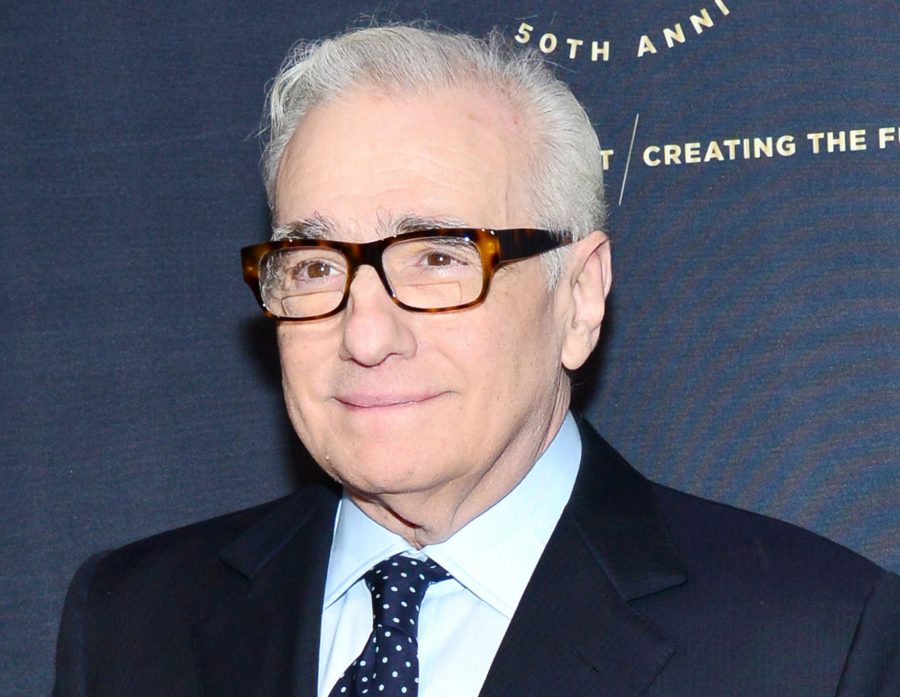Scorsese film “silences” critic
Legendary filmmaker Martin Scorsese’s new film “Silence” currently carries a 84 percent score on Rotten Tomatoes, designating it as “certified fresh.”
Jan 26, 2017
When told that their mentor, Father Ferreira, renounced his faith upon torture during his mission work in Japan, Fathers Rodrigues and Garupe are determined to find out the truth. Leaving the safety of their seminary, they travel to Japan to put their doubts to rest.
Guided by the drunkard Kichijiro, the two Jesuit priests are smuggled into Japan during the height of Christian persecution. Between ministering to the people of Japan, and avoiding arrest by the ruling shogunate, Fathers Rodrigues and Garupe come closer and closer to finding out the truth of Father Ferreira, as well as the truth of their own doubts and beliefs.
Directing 5/5
Production for “Silence” began 25 years ago after director Martin Scorsese first read Shusaku Endo’s book of the same name. After countless setbacks and obstacles, Scorsese was finally able to bring his passion project to the big screen.
One of the most interesting things about “Silence” is that there is no soundtrack. No big musical scores; no sweeping theme to accent the most dramatic of moments. Instead, all we have are the crashing waves, the chirping bugs and all of the other sounds of Japan’s natural surroundings. Although the majority of the film is narrated by Father Rodrigues, there are still moments when the silence is the loudest thing in the movie.
The geography-filled cinematography is reminiscent of past Japanese film makers, taking advantage of the country’s natural beauty with wide shots that showcase both the gorgeous landscape and the characters in the scene.
Writing 5/5
The most delectable aspect of “Silence” is how it handles its religious topics. Scorsese executes an excellent translation from the book pages to the screen – keeping the themes and plotting well intact. While a majority of Christian films have the unfortunate stigma of being overly preachy and starkly black and white in their dealings with morality, “Silence” is completely ambiguous in the moral of the story.
Yes, it was written by a Catholic. But the depth to which it goes, the topics it covers and the faith struggle that makes up its core is dripping with so much theology that it’s hard to recommend “Silence” to everyone. Sure, cinephiles can appreciate the masterful acting and cinematics, but the true nature and message of this movie may be hard to swallow for many. However, it is because of this complexity that also makes “Silence” extremely recommendable for those who like movies that make them think.
As mentioned before, “Silence” maturely handles its religious topics in a way that doesn’t favor one over the other. Instead of just leaving the Japanese as the ignorant antagonists of the film, the audience gets to see both sides of the issue with a great amount of respect and explanation given to both the Christian faith and the Buddhist way of life.
Acting 5/5
Andrew Garfield leads the cast in an inspiring performance as Father Sebastiao Rodrigues. While admittedly underused, Adam Driver manages to put forth a strong effort as Rodrigues’s partner Father Francisco Garupe. Liam Neeson has a solid act as the missing Father Cristovao Ferreira. Shinya Tsukamoto plays the drunkard Kichijiro, who is perhaps the most complex character of the whole film. Tadanobu Asano and Issey Ogata give intimidating performances as The Interpreter and The Inquisitor, respectively.
Overall
It is a shame that many critics found “Silence” to be boring and arduous to sit through. Its deep theology, ambiguous morals, empathetic acting and eye-catching production is certainly a large feast to chew through, but Scorsese does an incredible job of presenting “Silence” exactly as it should be. It doesn’t give you all of the answers up front. It’s one of those movies that makes discussion mandatory in order to get the full effect of its message.
Ultimately, it’s not that simple to say you liked or didn’t like “Silence.” It’s an experience that leaves the theater with you, and stays in your heart for you to ponder in the moments of your own silence throughout your day.








